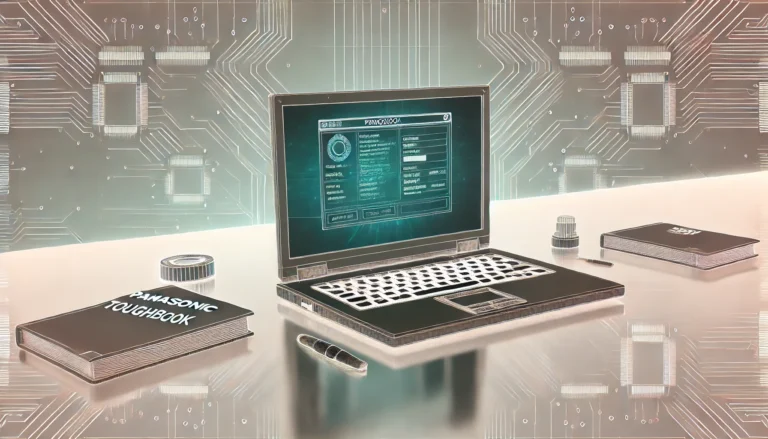
New York City is known for its hustle and bustle, a city that never sleeps, with streets packed with cars, buses, and subway trains. Navigating this concrete jungle can be overwhelming, especially for newcomers. The good news is that there are two main ways to get around the city: public transport and rideshare services. But which is better? Let’s dive into this question and help you figure out the best way to move through NYC efficiently.
Navigating New York City can be a bit like mastering a game. Whether you’re commuting daily or just visiting for a weekend, the two most popular options for getting around are public transportation and rideshare services. How do you decide between hopping on the subway or hailing a ride through an app like Uber or Lyft? Let’s break down the pros and cons of each option so you can choose wisely depending on your needs.
Public Transportation in NYC
New York City has one of the most extensive public transportation systems in the world, serving millions of commuters every day. The public transport system includes subways, buses, and ferries, all operated by the Metropolitan Transportation Authority (MTA). If you’re looking to experience NYC like a true New Yorker, mastering this system is key.
NYC Subway System: The Backbone of Public Transport
The subway is the heart of New York City’s transportation. With over 400 stations spread throughout the five boroughs, it’s a reliable option that runs 24/7. If you’re looking to get somewhere fast and cheap, the subway is often your best bet. The base fare is $2.90, which makes it one of the most affordable ways to get around the city.
However, the subway system can be tricky to navigate for first-timers. Maps and apps like Google Maps or CityMapper can help, but the real challenge is learning which trains run express and which are local. Despite occasional delays and crowded trains, it’s still the fastest way to traverse long distances across Manhattan, Brooklyn, Queens, the Bronx, and Staten Island.
Buses: Complementing the Subway System
Buses in NYC serve as a valuable supplement to the subway, especially in areas where subway stations are sparse. They are slower than the subway but can offer direct routes to certain parts of the city that might otherwise be difficult to access. Bus stops are frequent, and they offer a scenic way to see parts of the city that the subway skips.
Buses cost the same as the subway, and if you have an MTA MetroCard, you can transfer between buses and subways for free within a two-hour window.
Ferries: A Scenic Way to Travel
For a more scenic and relaxed form of transportation, New York’s ferry system is hard to beat. The Staten Island Ferry, for example, is free and offers incredible views of the Statue of Liberty and the skyline. There are also paid ferry routes like NYC Ferry, which connects various waterfront neighborhoods. While ferries aren’t as fast as subways or buses, they offer a peaceful commute and a unique perspective of the city.
Rideshare Services in NYC
Rideshare services like Uber, Lyft, and Via have become extremely popular in NYC over the past decade. They offer a door-to-door service that’s particularly useful when you’re in a hurry, have heavy luggage, or just don’t want to deal with the subway.
Convenience vs. Cost: Public Transport vs. Rideshare
Rideshare services can be more convenient than public transportation in certain situations, especially if you’re running late or need to get to a destination that’s not near a subway line. However, the downside is the cost. While a subway ride costs a flat $2.90, the price for a rideshare can range widely, starting at around $10 and going up depending on traffic, distance, and time of day.
For frequent riders, public transportation is undoubtedly the cheaper option. Rideshare services, while more convenient, can rack up costs quickly, especially during rush hour when surge pricing kicks in.
Environmental Impact: Which is Greener?
When it comes to environmental sustainability, public transportation takes the lead. Subways, buses, and ferries reduce the number of individual cars on the road, thereby cutting down on traffic congestion and carbon emissions. Rideshare services, even when shared, contribute more to the city’s carbon footprint.
If you’re concerned about being eco-friendly, sticking with the subway or bus is a greener choice. New York City’s buses are also gradually being replaced with electric models, which will further improve their environmental impact.
Safety Considerations
Both public transportation and rideshare services come with their own set of safety considerations. The NYC subway has improved its safety measures over the years, but crime, though rare, can happen. Rideshare services also have safety features, including driver tracking and emergency assistance within the apps, but users should remain vigilant, especially late at night.
In terms of COVID-19, both public transport and rideshares have adopted enhanced cleaning protocols. However, rideshares, due to their enclosed environment, may pose a higher risk of transmission than the more ventilated subway or bus.
Accessibility: Which Option is More Inclusive?
Public transportation in NYC is working to become more accessible, but it’s not perfect. Many subway stations are not yet equipped with elevators, making it difficult for people with mobility issues. However, buses and ferries are generally wheelchair accessible, and the MTA offers a paratransit service called Access-A-Ride.
Rideshare services like Uber and Lyft also offer wheelchair-accessible vehicles (WAV), but availability can be limited. Overall, buses and rideshares provide more accessibility than the subway.
Which is Faster During Peak Hours?
When it comes to speed, the subway is almost always faster than rideshare services during peak hours. NYC traffic can be brutal, especially in Midtown Manhattan. While rideshare apps may offer convenience, they can’t beat the efficiency of an express subway train during rush hour.
That said, rideshares can be faster during off-peak hours or in areas where subway service is sparse.
What to Choose as a Tourist
If you’re a tourist looking to explore NYC, public transportation is the way to go. It offers a true New York experience and is cost-effective. However, if you’re short on time or visiting specific attractions that are difficult to reach by subway, rideshares might be worth the extra cost for convenience.
Conclusion
So, which is better—public transportation or rideshare? The answer depends on your priorities. If you’re looking for affordability, environmental friendliness, and a quicker ride during peak hours, public transportation is your best bet. On the other hand, if convenience, comfort, and door-to-door service are what you’re after, a rideshare service may suit your needs better.
Ultimately, both options have their pros and cons, and the best choice often depends on the situation. Whichever you choose, New York City has plenty of options to get you where you need to go.






